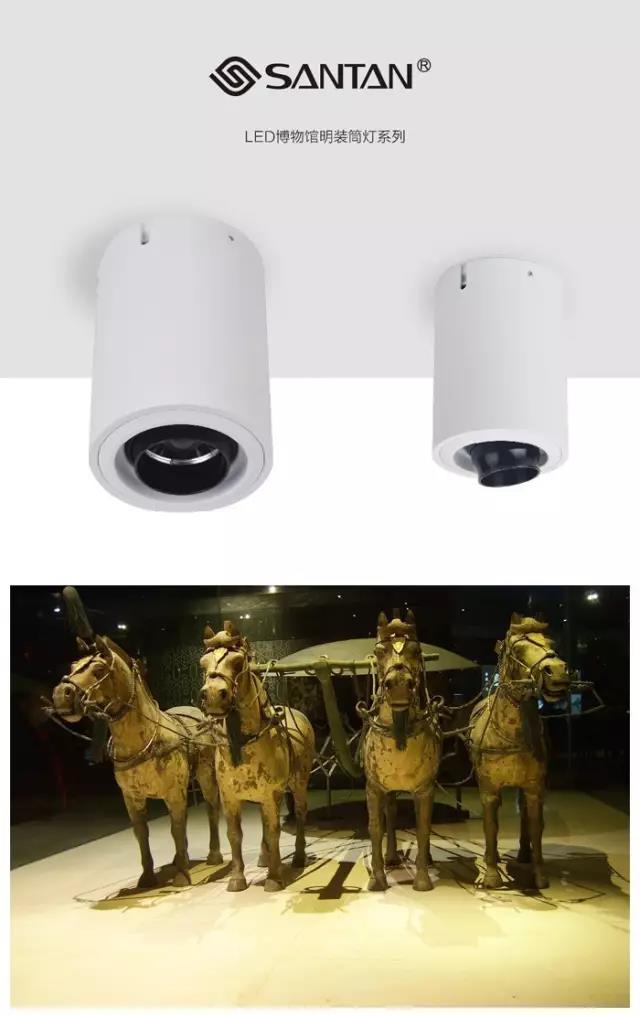News / SANTAN Museum Lighting

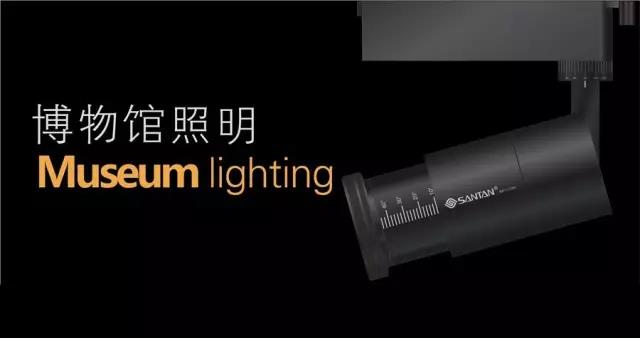
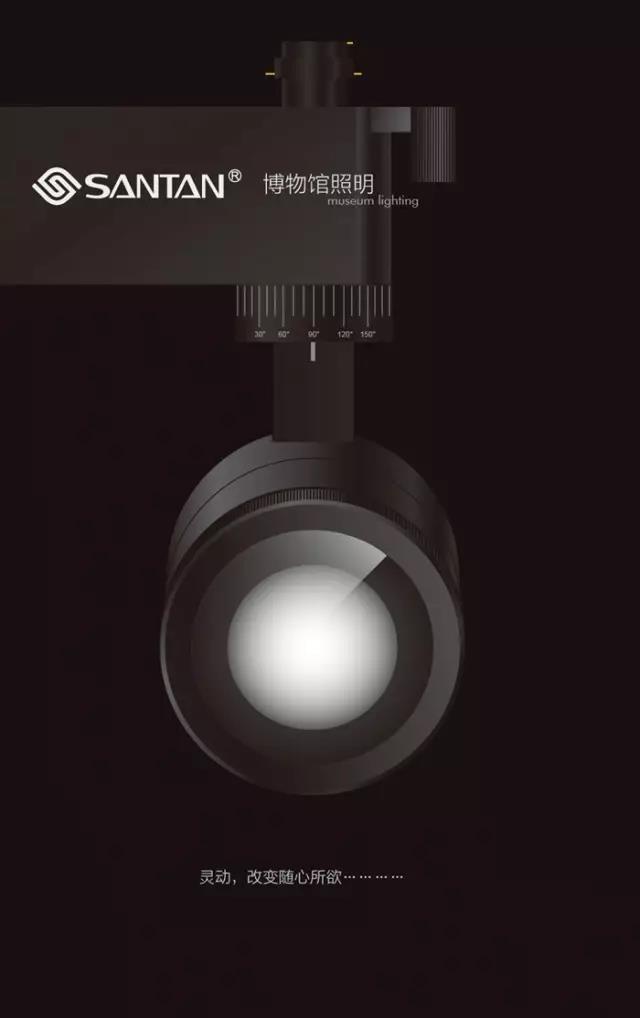
Now more and more museums and art galleries are aware of the importance of lighting. In addition to the investment in architecture, interior and display, the largest investment of museums is illumination.
How to provide visitors with rich exhibitions and create a good visual light environment, and at the same time, how to increase the protection of museum exhibits, minimize the damage of light radiation to cultural relics and protect museum exhibits has become a major problem faced by museum lighting design.
SANTAN museum lighting, through professional optical devices and cutting-edge light distribution technology, can effectively control the damage to cultural relics caused by thermal radiation, infrared rays and ultraviolet rays, so as to realize the protection of museum exhibits.
In view of the exhibition needs of museums and art galleries, such as changing exhibits and changing the positions of exhibits, SANTAN museum lighting has comprehensively upgraded and developed the lamp structure. It not only uses focusing technology, but also accurately controls the range of illuminated exhibits by adjusting the beam angle of lamps; Moreover, by using the dimming technology, the illuminance of the illuminated exhibits can be precisely controlled by adjusting the illuminance of the lamps; At the same time, according to the response of different exhibits to light, the lighting fixtures of SANTAN museum lighting can also add or replace professional optical devices, such as honeycomb network, diffuser lens, soft lens, stretch lens, etc., to create perfect display lighting, provide rich exhibitions for the audience, and create a good visual light environment.
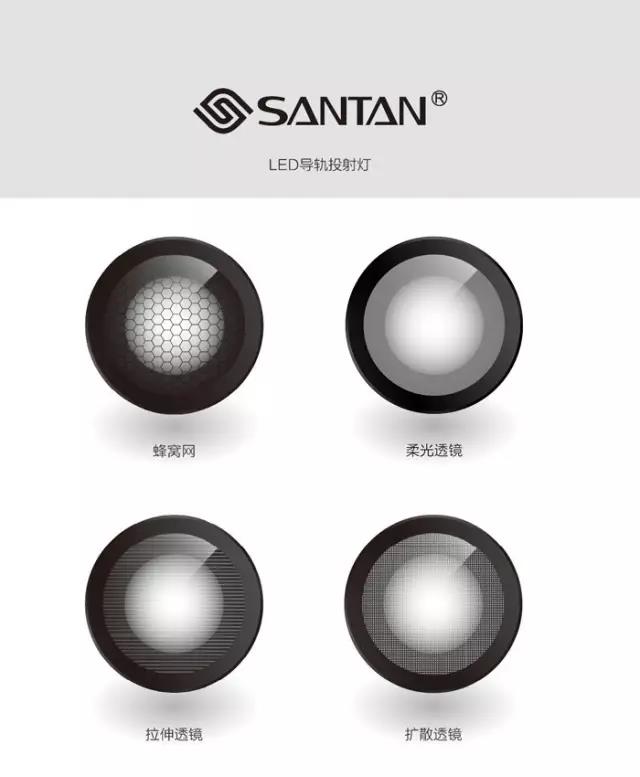
Professional Optical Accessories
1.The main feature of the honeycomb network optical accessories is the honeycomb three-dimensional network louver, which is installed on the lamp to reduce the direct eye to the light source and play an anti glare effect.
2.The main characteristics of the diffuser lens optical fittings are rhombus cone shape. The light source is projected on the rhombus cone to form secondary refraction and play the role of spot diffusion.
3.The main feature of the soft lens optical accessories is the glass cleaning and sanding surface treatment. The light source is projected on the sanding surface and evenly distributed through the micro vertical surface to play a soft light effect.
4.The main characteristics of the stretching lens optical accessories are striped three-dimensional texture. The light source is projected on the Striped three-dimensional surface to form a stretching refraction to form an asymmetric light spot, which plays the role of light spot stretching.
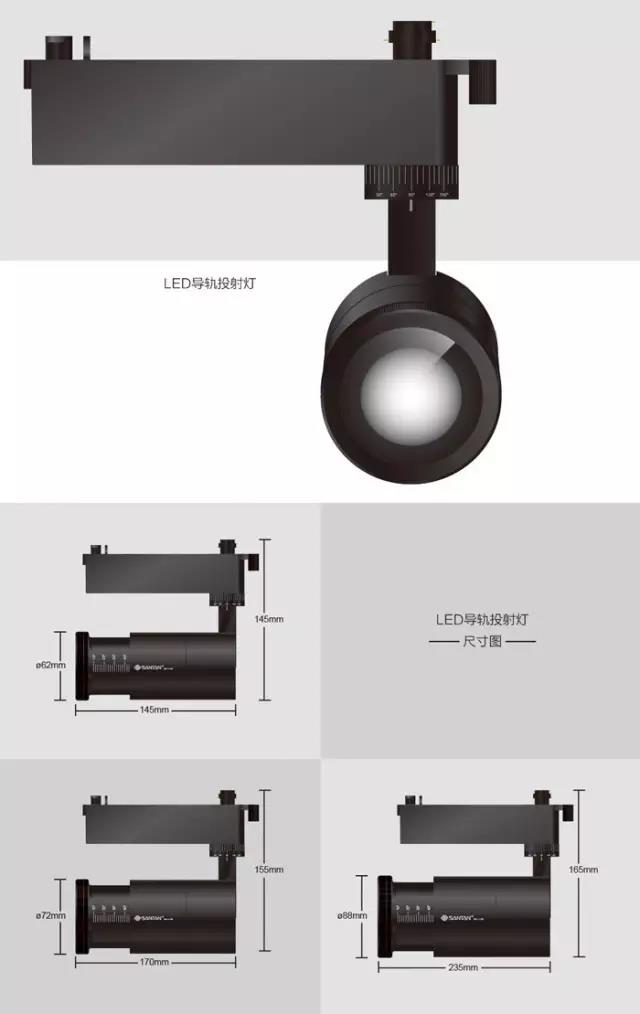
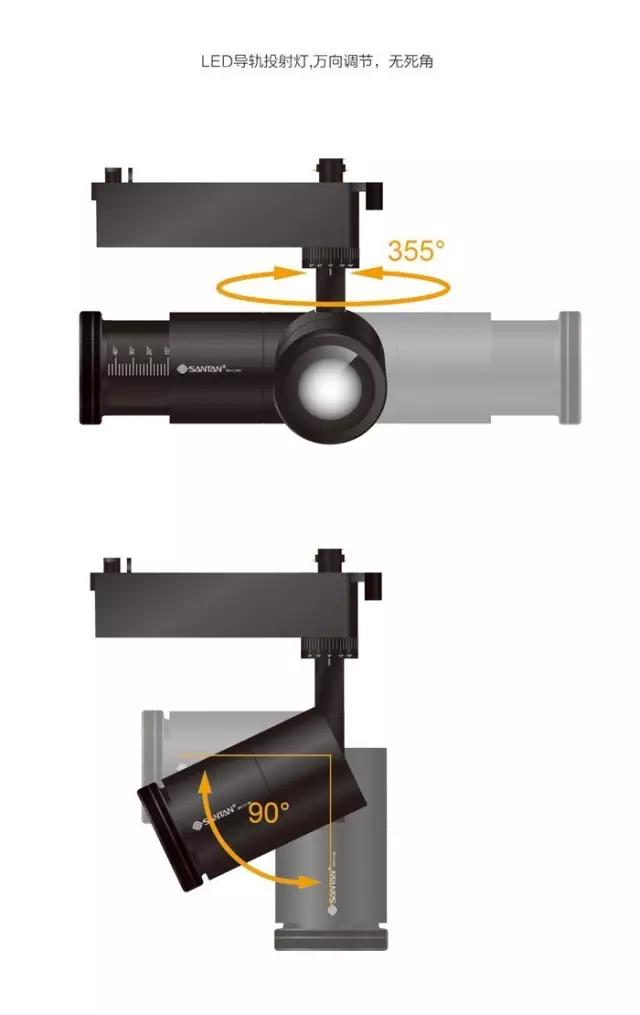
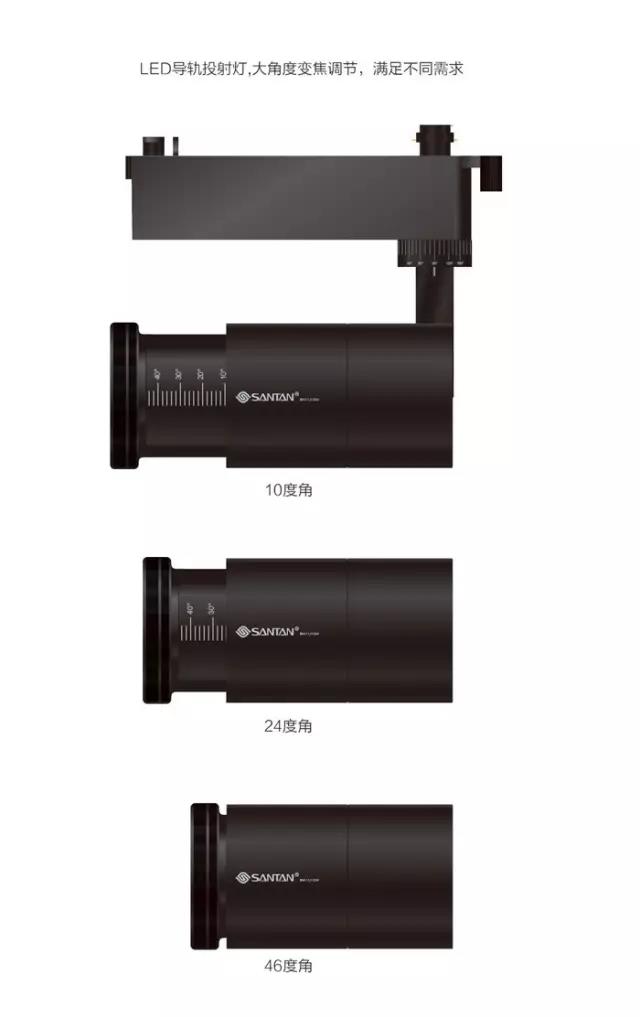

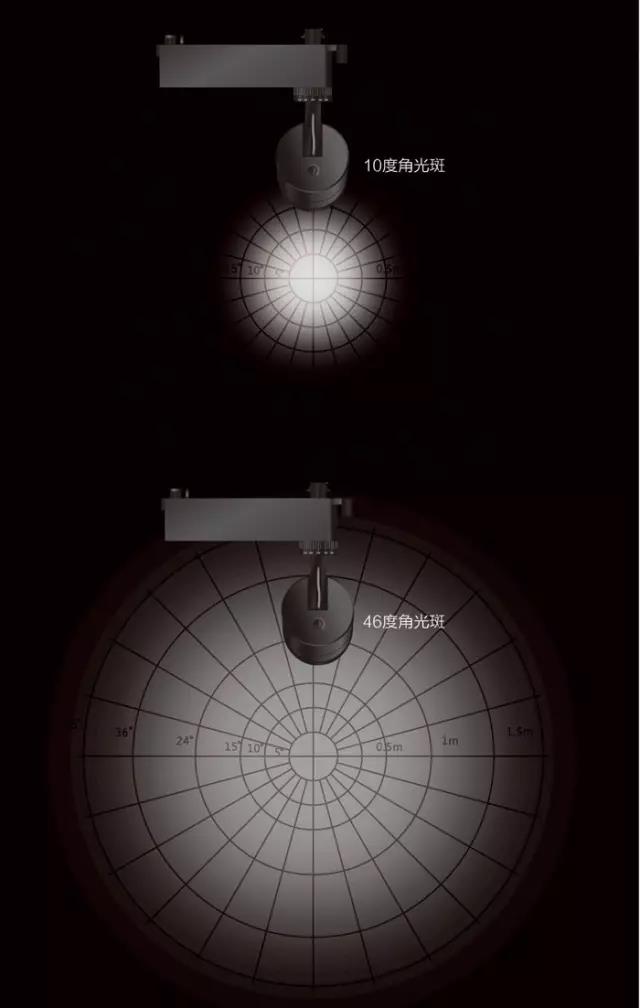
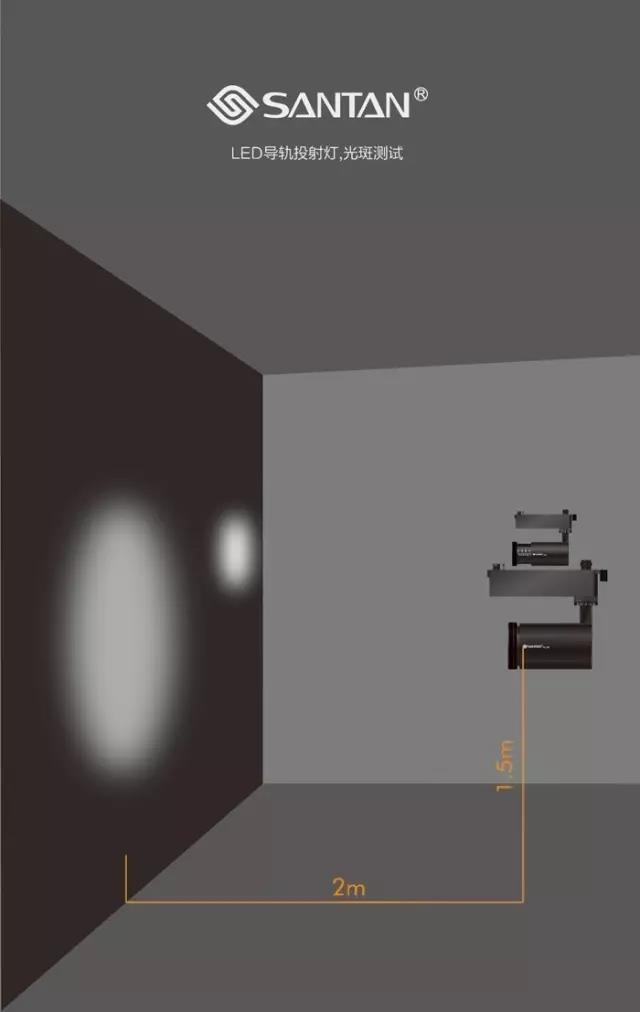
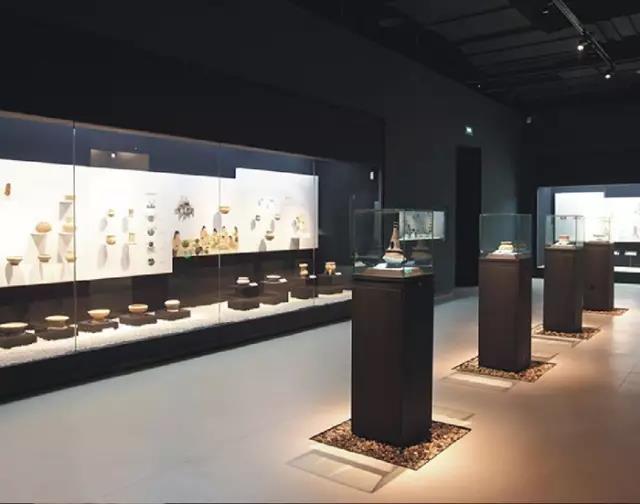
Independent Display Cabinet Lighting
Independent display cabinets of museums and art galleries with glass on the top can also be illuminated by lamps outside the cabinet. In addition to paying attention to the light distribution position to avoid glare to human eyes, attention should also be paid to avoid secondary reflection glare with surrounding objects. Track lamps with smaller angles can be selected.
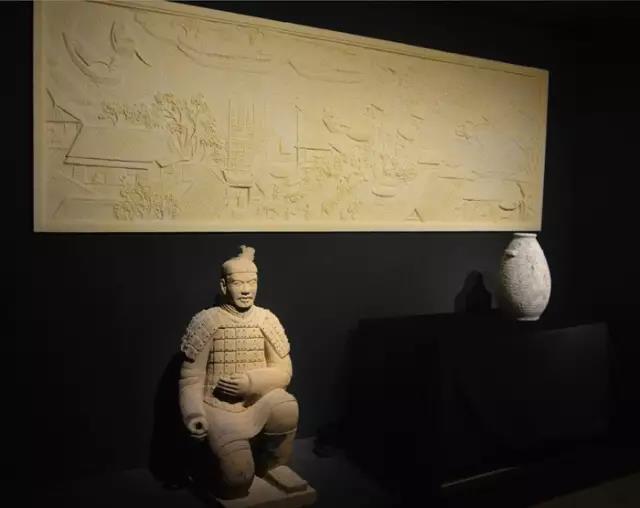
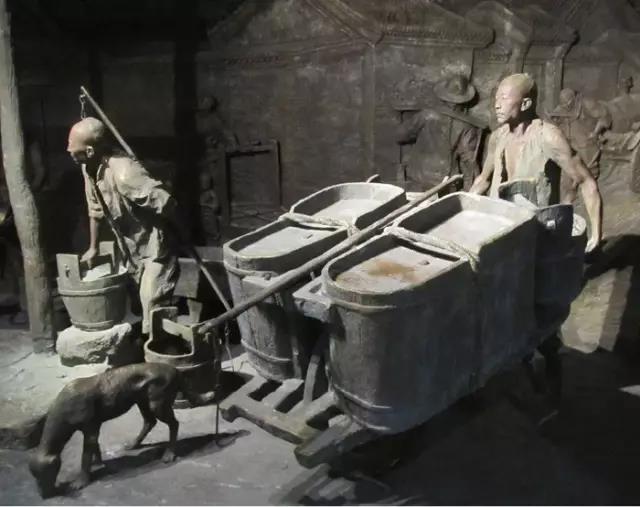
The facade exhibits of the museum, such as sculptures and Buddha statues, are illuminated from different directions in front and back, and different light intensities are output through dimming, so as to enhance the three-dimensional sense of the facade exhibits and make the surface texture more obvious. Among them, the main light shall be focused on the left or right side of the front of the facade exhibits as the main observation direction. The auxiliary light and backlight with lower brightness shall be supplemented from the other side of the front and the back respectively to reduce the light and dark contrast of the exhibits to an appropriate value, and at the same time, the rear texture can be displayed, so as to achieve the best stereoscopic effect of the exhibits and fully reflect the carving texture of the surface.
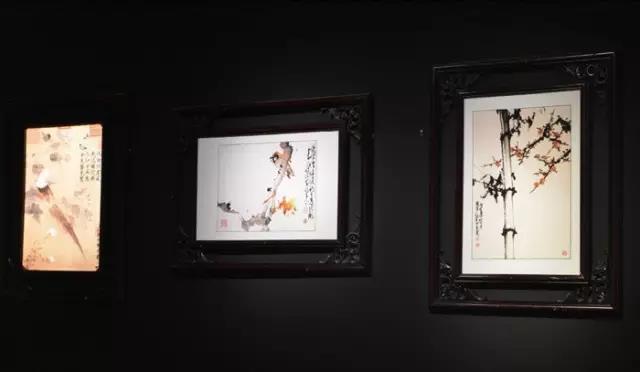
For general size plane paintings, small sculptures and other exhibits, the lighting design of the museum only needs to use a single track lamp. Track lamps with different angles and powers are selected according to different building spaces and Exhibition sizes. The lighting fixtures for plane exhibits shall be installed at appropriate positions and light distribution angles. The ideal lighting angle is 30 ° from the vertical direction, which can not only avoid strong reflection glare, but also prevent the light from casting the shadow of the viewer on the exhibits.
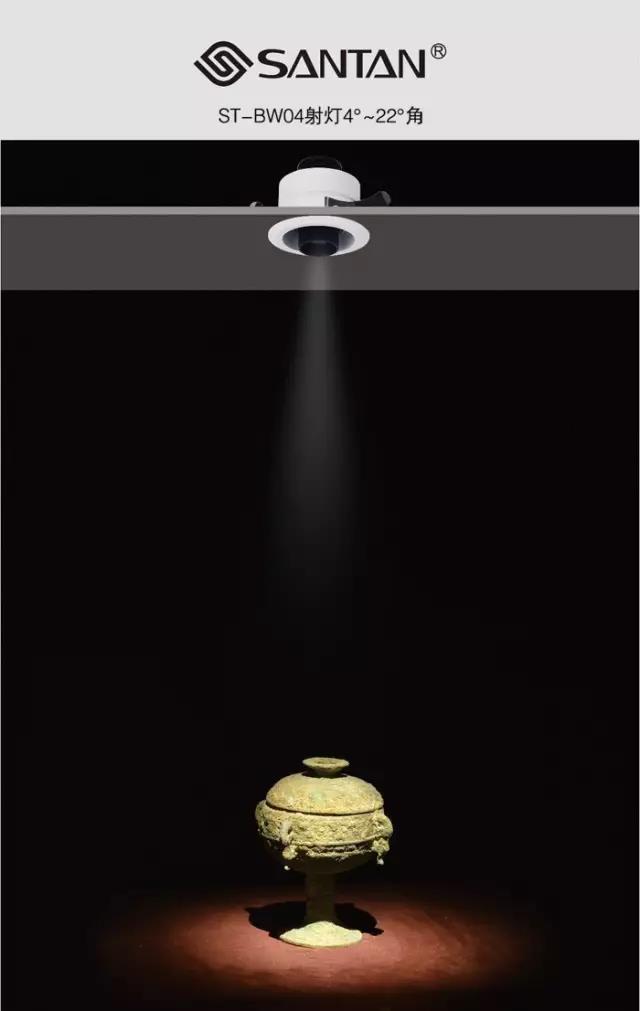
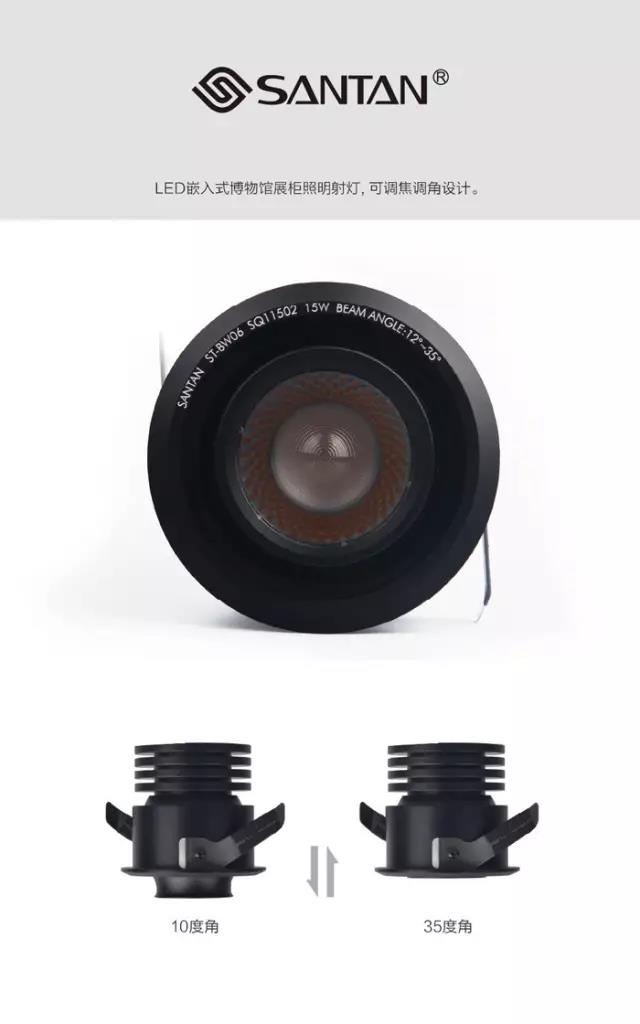
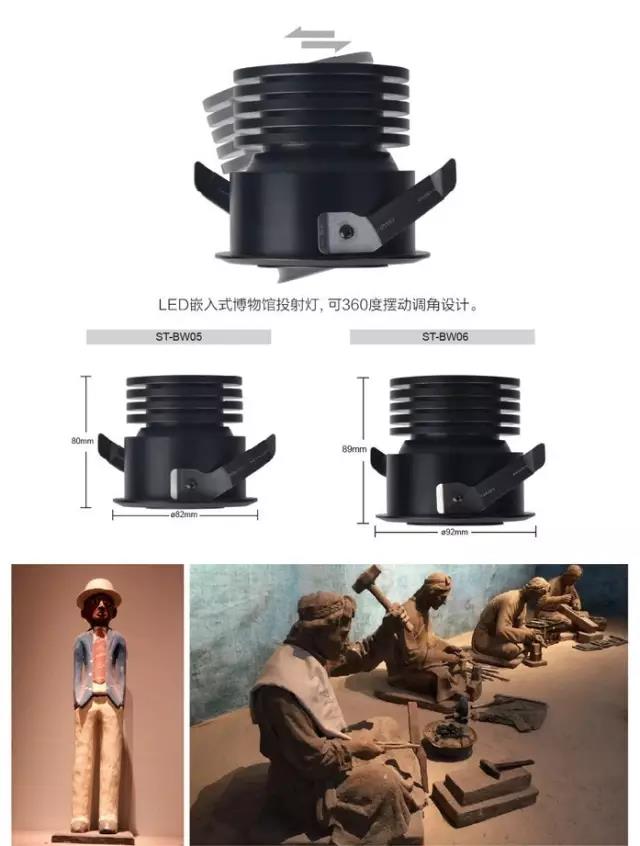
The lighting of large-scale facade exhibits of the museum should highlight the morphological characteristics of the exhibits, and the light distribution on the surface of the exhibits should form a uniform effect of light and dark. Therefore, in the lighting design of museums and art galleries, it is necessary to use multiple lamps to illuminate from above on both sides. However, attention should be paid to avoid direct glare to the audience.
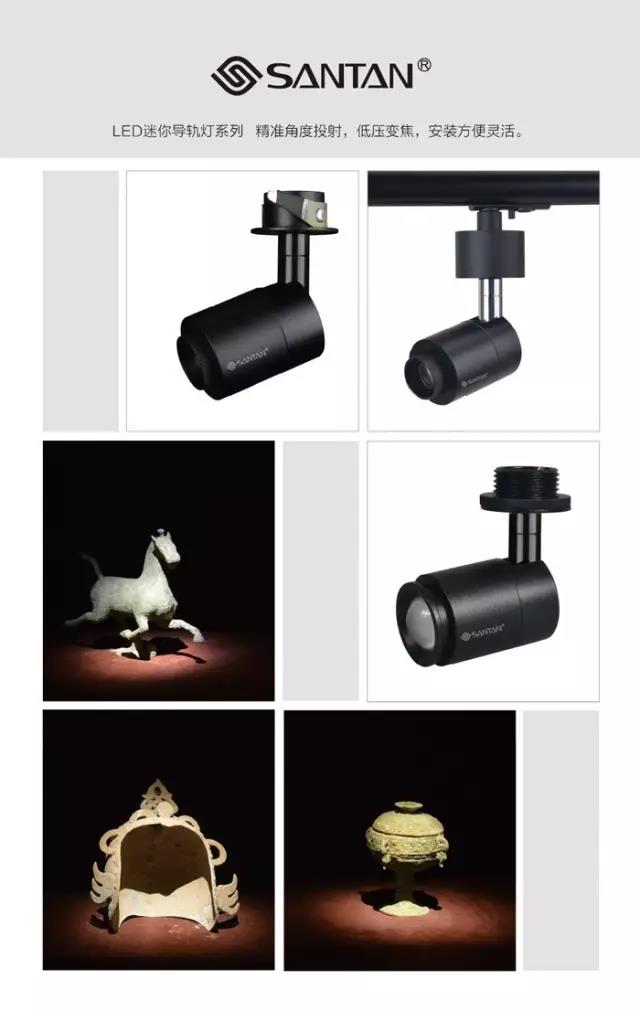
The key lighting allows the exhibits to be divided into primary and secondary ones, and can also guide the audience at the first time. Use the visual sense of light and dark to better express the spatial sense of objects. The light and shadow layers enhance the three-dimensional sense of objects and create the mystery of the exhibition hall.
